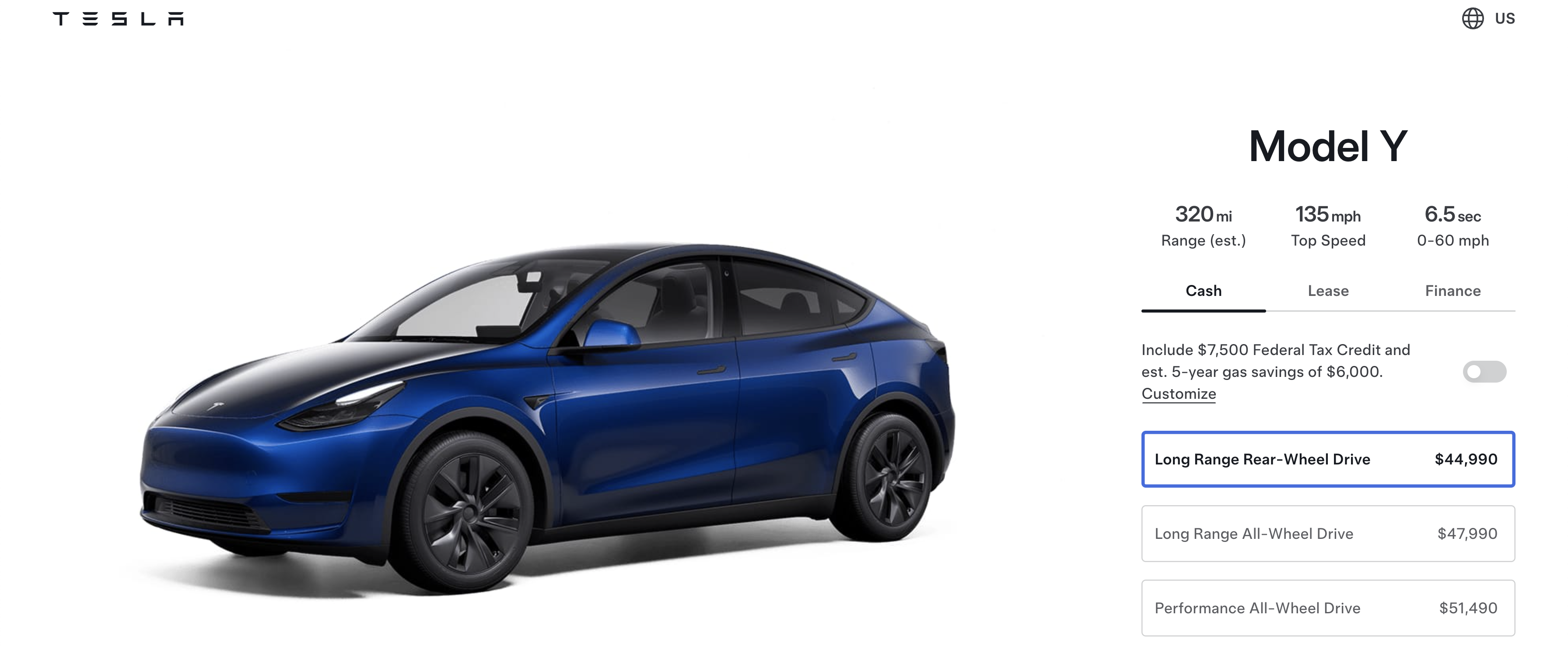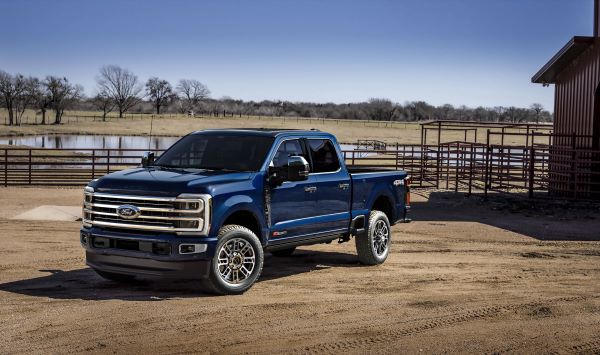Sign up for daily news updates from CleanTechnica on email. Or follow us on Google News!
Pickup truck drivers are beginning to deploy solar panels on their cab roofs and truck beds, and they’re not just for electric trucks. They can power electric tools and accessories on an ICE truck, too. Solarized pickups have been a DIY endeavor until now, but drivers without skills don’t have to give up on the dream. The Canadian firm Worksport is one step closer to making them available readymade, in the form of stiff, flat tonneau covers.
Have Some Solar Panels With Your Pickup Truck
Also called truck bed toppers, tonneau covers have always been a standard feature of the pickup truck accessories market. They don’t allow for use of space above the sides of the truck bed, but they do protect sensitive cargo from weather damage and thieving hands.
“That part of the auto market is covering more and more territory as sales of pickup trucks surge in the US.,” CleanTechnica noted back in 2022.
CleanTechnica has been keeping an eye on Worksport’s work-in-progress SOLIS solarized tonneau covers since August of 2020, when our editor Zach Shahan ran down the pros and cons of building solar panels into a car body. In comparison, tonneau covers are low hanging fruit.
“A solar tonneau … can be removable, allowing you to collect sunlight elsewhere when that’s useful. Secondly, it’s probably less likely to get damaged in a minor accident. Furthermore, a work truck may have more need for an extra, remote charge from sunlight,” Shahan observed.
A Mobile Army Of Solar Panels Is Coming For Your Fossil Fuels
To get an idea of the size of the market Worksport is aiming at, consider that 28 million pickup trucks were registered in the US in 1995, jumping up to 48 million in 2019 according to the US Bureau of Transportation statistics. Worksport estimates that the North American market currently totals 60 million when you throw in Canada.
The SOLIS tonneau cover is also complemented by a battery system. “The SOLIS Solar Cover is a green solution in the automotive industry, offering an eco-friendly, efficient, and innovative solution for vehicle power needs. Combined with the COR Battery System, it will produce power off grid and in remote locations,” Worksport explained in a press release earlier this year.
That thing about off-grid and remote locations does not necessarily involve being far away from civilization. Combined with energy storage, a small array of solar panels can find plenty of use in case of a grid power outage at home or work. Running tools and equipment at farms and other outdoor worksites with quiet, non-polluting solar energy also presents an attractive alternative to idling a truck or revving up a diesel generator.
To gild the interoperability lily, in June, Worksport announced a new MPPT (maximum power point tracking) algorithm, which does just what it says. It maximizes the power output from the solar panels in real time. The new cloud-connected MPPT is also designed for use with other products in addition to Worksport’s own COR battery system. “This solar charger now charges batteries from 12V to 48V and power stations up to 60V, thus enabling compatibility with a wide range of power storage products,” the company emphasized.
Passing The Solarized Tonneau Cover Test
As of this past January, Worksport was putting the final touches on a full-scale production facility, aimed at producing the SOLIS covers to fit Ford, Ram, and GM pickup trucks. Last month, the company announced another milestone.
“Pilot SOLIS solar tonneau covers are currently being produced in the Company’s state-of-the-art Western New York factory using fully tooled, production-ready components,” the company announced on July 18. The production-ready COR portable energy system is also ready to roll.
The idea is to shepherd the new covers into the market with an initial, strategic launch under the name SOLIS Alpha sometime before the end of the summer, focusing on “influencers and key customers.”
As for how much power the solar panels can deliver, that depends partly on the weather and the size of the truck bed. Worksport put the new tonneau cover through its paces in live tests on pickup trucks earlier this summer. The company reports that the SOLIS cover can generate up to 680 watts of power.
“Our test results show that the system can charge up to 45 iPhone 14’s per hour, providing clean energy straight from the Sun,” explained Worksport CEO Steven Rossi.
“The COR & SOLIS system work as a powerful clean-tech nano grid, generating a significant amount of power every hour,” he added.
More Data For The Mobile Microgrid Of The Future
In an interesting twist, Worksport also plan to harness the power of data to develop a sort of global, roving microgrid. “Leveraging smart technology, Worksport aims to track solar power generation from all SOLIS covers, making this data accessible to both users and investors,” explains the company’s CTO-Designate, Rafael Oliveira.
“The potential is real to have hundreds of thousands of SOLIS units travelling the roads globally, representing the largest portable solar microgrid network in the world, all providing real time data,” Oliveira emphasized.
“With our live data collection, we could accumulate invaluable data relating to solar irradiance, weather conditions, and solar efficiency in different geographic locations,” he added, noting that the data would be particularly useful for tracking carbon credits.
More Solar Panels On Cars, Please
Pickup trucks are not the only option for outfitting a vehicle with solar panels. That’s been a challenge for some automakers, but once the technology matures, the potential for outfitting millions of vehicles with built-in solar panels emerges.
Solarized vehicles could have a significant impact on future grid planning as electric vehicles begin to replace gasmobiles en masse, with a consequent rise in the demand for EV charging stations. They would be especially helpful in cities and other densely packed areas, where available space for charging stations is limited.
According to a new study of 100 urban environments in the journal Progress in Photovoltaics: Research and Applications, the impact could be substantial.
“The results indicate that solar energy provides a range of between 11 and 29 km per day, reducing charging needs by half,” the authors explained. Though the most favorable conditions are specific to Africa, the Middle East, southern Europe, and Southeast Asia, the researchers found some “interesting” potentials in China, North America, and Australia.
“Losses associated with shading in the city are around 25%, and therefore relevant, but not an impediment to the large-scale dissemination of this solution,” they concluded.
Keep an eye on the emerging autocycle market. Three-wheeled vehicles are making a comeback among automotive enthusiasts, and a California startup is already cooking up a lightweight, fully solar-powered commuter version.
Follow me via LinkTree, or @tinamcasey on Threads, LinkedIn, and Instagram.
Photo (cropped): The Canadian firm Worksport envisions a global, roving microgrid comprised of pickup trucks equipped with solar panels in the form of tonneau covers (courtesy of Worksport).
Have a tip for CleanTechnica? Want to advertise? Want to suggest a guest for our CleanTech Talk podcast? Contact us here.
Latest CleanTechnica.TV Videos
CleanTechnica uses affiliate links. See our policy here.
CleanTechnica’s Comment Policy




